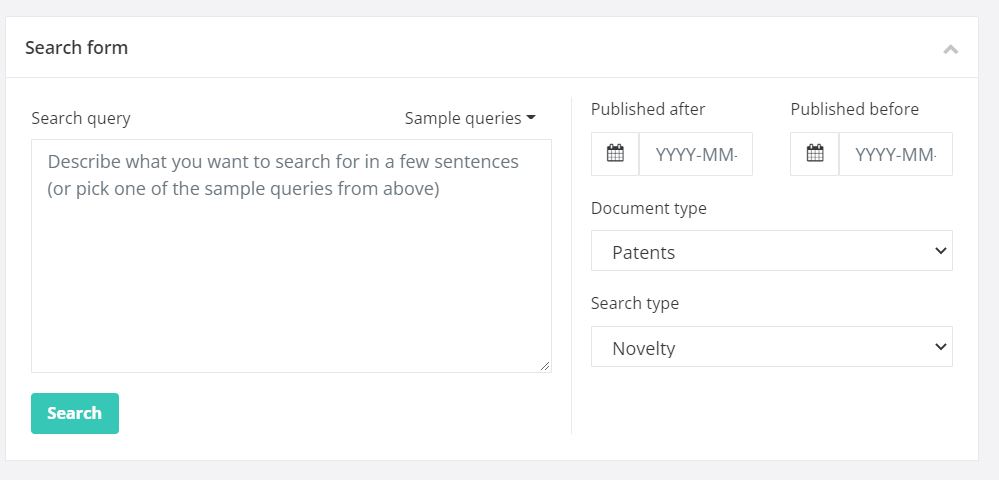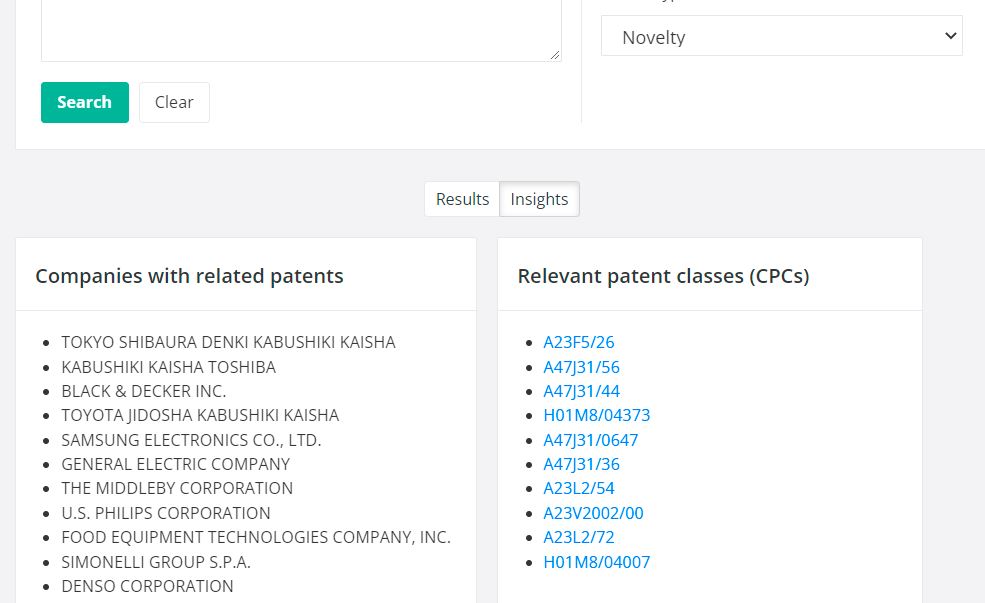To level the playing field
Currently, only big corporations and patent offices have the resources to run thorough prior-art checks. They alone decide how to conduct a search through the humongous heap of patents. This has two major drawbacks.
First - there’s a lack of improvement in patent data processing. Innovations from researchers and developers around the world should be incorporated.
Second—only a handful of experts know how to search through complex patent data. This makes patent-related projects extremely expensive. In fact, they are unaffordable for many.
Need for easily accessible patent search
Patents are written in a complex language, making them hard to comprehend. In contrast, inventors come up with their ideas in plain English. So, even though free patent search sources are available, inventors can’t really benefit from them.
PQAI wants to bridge that gap by accepting the inventor’s query in natural language and querying the patents in patent language.
Decent work has been done, but researchers like you can add a lot more value to the search algorithms.
The Plea of Under-Resourced Inventors
It may cost anywhere from $5,000 to $50,000 to successfully get a patent.
Imagine an intelligent person whose ideas can contribute to bettering the world but doesn't have the right resources to do it. Yes, there are pro-bono programs, but few of them can help with a deep prior art search. This makes patent prosecution a scary affair for under-resourced inventors.
PQAI wants to create equal opportunity for everyone, including women and people from diverse backgrounds who have been underserved by the patent process.
Easier prior art search drives innovation for society as a whole
Around 86% of patent applications are rejected at least once. As inventors are not prior art search experts, they sometimes file patents for existing innovations.
Lack of research keeps them blinded to how other inventors have approached the same problem and they miss out on brainstorming opportunities with other inventors.
We are on a mission to make prior art search easy and intuitive so that all inventors can better test their ideas.



